— BY REMON — IN Design tips Personal growth
Develop an eye for good visual design
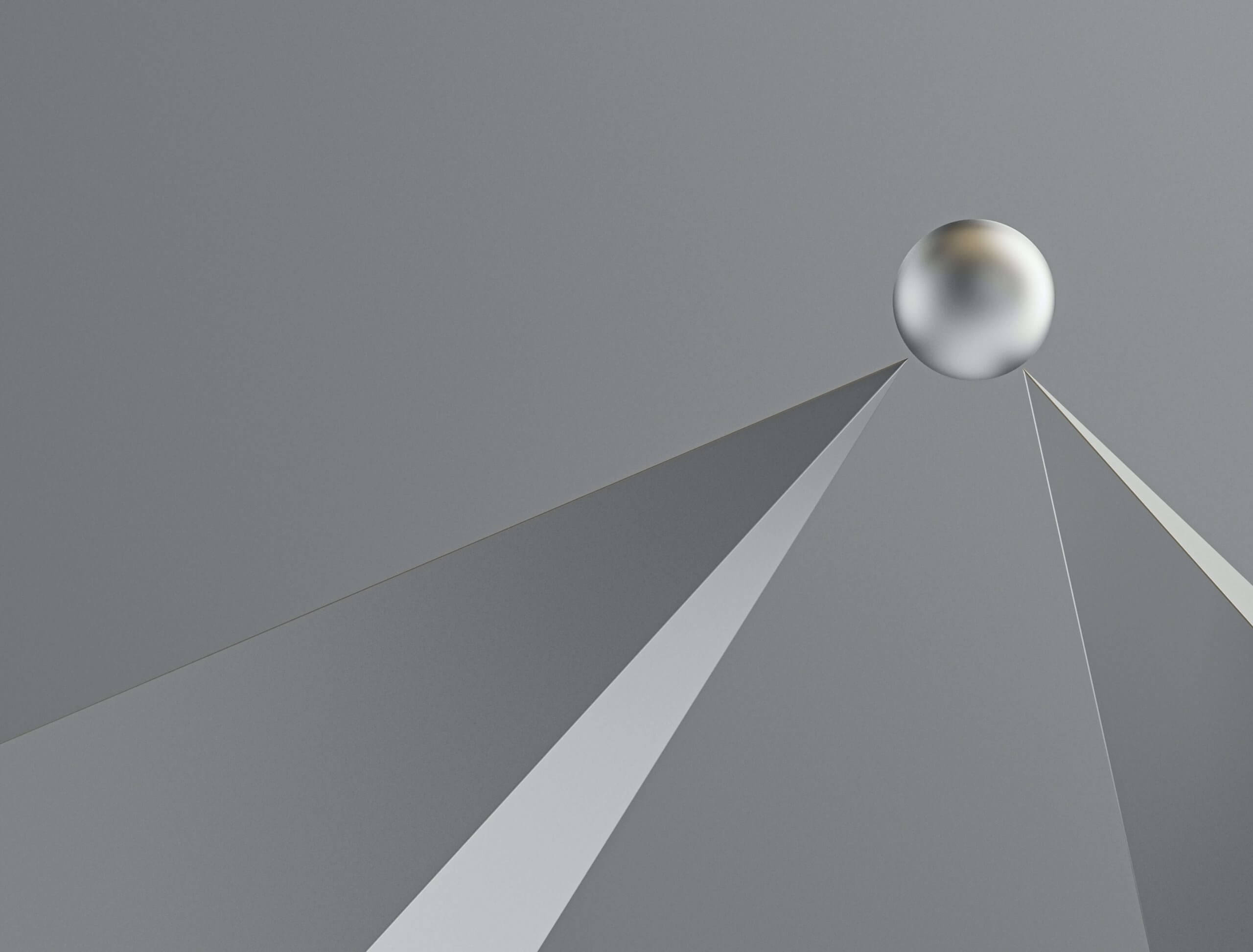
I was just a kid looking to get into an exciting new world of gaming. I’d gotten my first Atari 2600 game console (with two lovely joysticks, BTW) and was ready to play with it for hours with my brothers. One of the first games I played was “Space Invaders!” I loved the fun 8-bit space sounds and, most of all, the title screen with its graphics. It was all black with simple colours and very early video-game graphics and was not much more than shooting at aliens that marched across the screen in formation. But the essential part of this experience is how it captivated me.
I started just like any other designer pouring over examples of other people’s work, trying to figure out what made them good and how I could be better at what I do. But I quickly realised that if I wanted to grow as a designer, it wasn’t enough to look at other people’s work; I had to look inward at my design process and see where there were ways that I could improve it. I started paying attention to how my mind worked as I was designing. When did it feel like things were going well? What was happening in my mind as it happened? What did the problems feel like from inside my brain? After spending some time observing myself during the design process, I noticed something interesting: when things felt easy and clear, there was often one thing that stood out above all else—it was one particular thing about the design that got my attention first when looking at it. This was often very simple—for example, maybe it was just the typography or the use of imagery.
Side tip: Good visual design can be defined as the process of creating something that is functional and beautiful. Visual design is not just about making things pretty; it's about finding solutions to problems, designing a site so that it's easy for users to navigate through and finding ways to create memorable experiences. Designers must use their creativity, problem-solving skills, research skills and artistic vision to solve these problems.
Start noticing the world around you.
Design is all around us, whether we recognise it or not. It’s the art of making something visually appealing and functional. Design can be used to create a website or a mobile app, but it also applies to things like posters and magazines. Our designer’s job is to ensure that what they’re creating looks good and works well for its intended audience—but that doesn’t mean it has to be complicated! To develop your eye for design, you need to start noticing the things you like and don’t like about different designs. Without this foundation, it will be difficult to pinpoint exactly what makes a piece of work good or bad. Start by looking at different types of design—websites, magazines, and books are all great places to start.
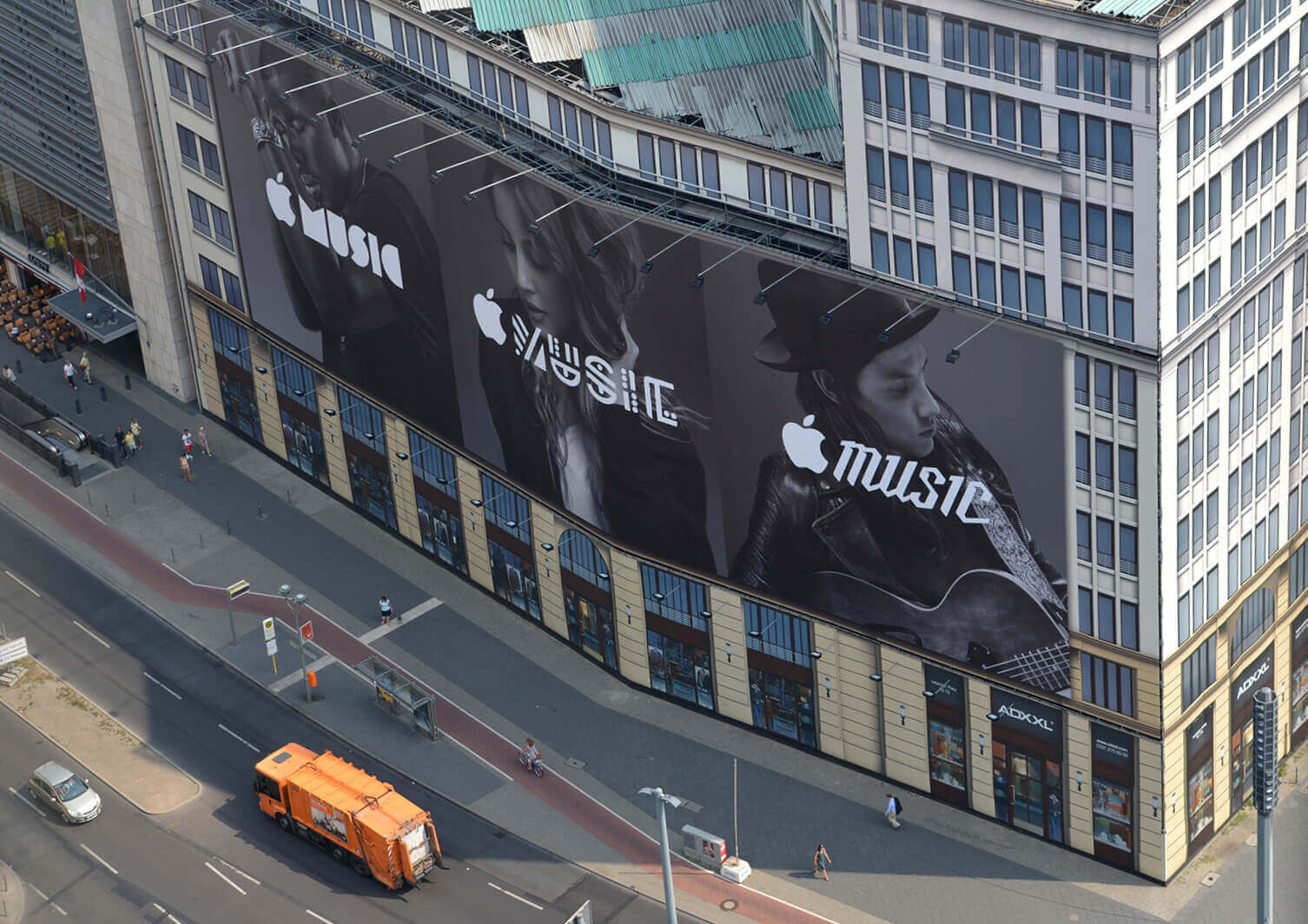
Look at examples of good design and keep a visual journal of them.
Take photos of the elements that make up good design and begin recognising them in your environment. Pay attention to how colour, images, words, shapes and space are used on everything from billboards to bus stops. You can also find inspiration by looking at other people’s visual journals or keeping an eye out for interesting patterns or symbols as you’re walking down the street (if you notice something interesting while walking around Berlin, Germany these days—a lot!). Once you’ve got a few examples in mind, start working on your own visual journal. Start by writing down some words about why a particular piece works well for you (what makes it appealing), then add any photographs, screenshots or sketches that might help bring clarity to how we think when creating great stuff.
Study how professional designers work
If you’re a designer, you’ve probably heard that your favourite artists and designers have great taste in design. Their work may look effortless, but there’s no such thing as luck in design. These professionals know how to see the world around them—and then turn it into something beautiful. If you want to get better as a designer, then study how good designers work. Study the work done by those who inspire you and even look at things that are not necessarily considered to be good design but that speak to your sensibilities.
Train your designer eye
Look at an excellent example of visual design. Look at it again and again, paying attention to the details that make it work and why they work. If you’re studying a website, look at its homepage as well as other pages on the site; pay attention to how the design changes from page to page (or screen-to-screen) in subtle ways that make sense for each part of their design strategy. Learn about grids and layout schemes, typography choices, and colour palettes—all those things that go into creating a great piece of visual communication are there for you to learn about when you take your time.
Follow designers who are a lot further in their careers.
Start following great designers who are a lot further in their careers than you are on Twitter, Dribbble or Behance. Here are some people who inspire me:
Don Norman (Design thinker), Mackey Saturday (Identity design), Steve Krug (wrote Don’t Make Me Think), Hrvoje Grubisic (Holographikco), Luke Wroblewski (Humanising technology), Haraldur (Twitter), Marvin Schwaibold (Squarespace) Zhenya Rynzhuk (synchronized_st), Nathan Barry (ConvertKit)
Spark ideas for new projects
Inspiration is everywhere—you just need to know where to look for it! You can find inspiration in almost anything: a painting you see at a museum or gallery, an advertisement for something that catches your eye, or even an image on social media that has the potential to inspire your next piece of art. In fact, even bad art can be useful as reference material if it contains elements that could be improved upon or re-interpreted in a different way. Keep in mind that good design is often subtle; it’s not about being flashy or showy but rather about creating an experience through the form that allows people to interact with a space (or object) in more meaningful ways.
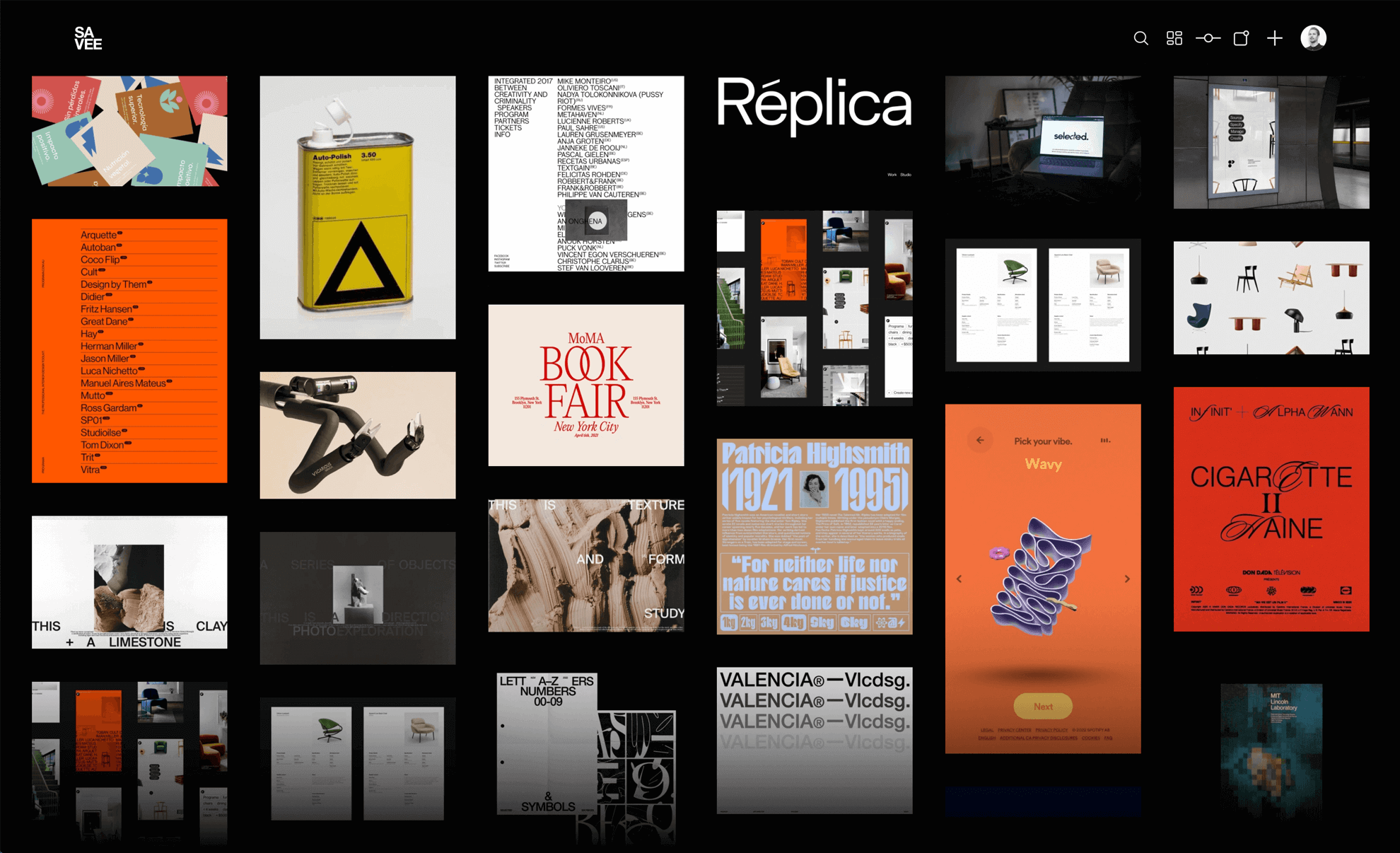
Build a second brain
Have you ever been struck by a brilliant idea, only to forget it five minutes later? Or perhaps you’ve been trying to remember that one thing—the one thing—that would really help you get over the hump and do something important. You’re not alone.
Organizing your thoughts and ideas is one of the most effective ways to ensure they are not lost in a sea of clutter or information overload. A second brain is the workspace that you create for yourself so that when an idea strikes or something comes up, it’s easy for you to access those things later on. It doesn’t matter if your second brain is a binder full of sticky notes or Google Docs with keywords searchable by date created—what matters is that it exists at all!
You may get some inspiration from seeing how other designers have approached similar problems or used similar materials in their work. Make a screenshot of things that appeal to you about these visual designs so that when you come across them again later on in your own career as an artist or designer, they will help spark ideas for new projects.
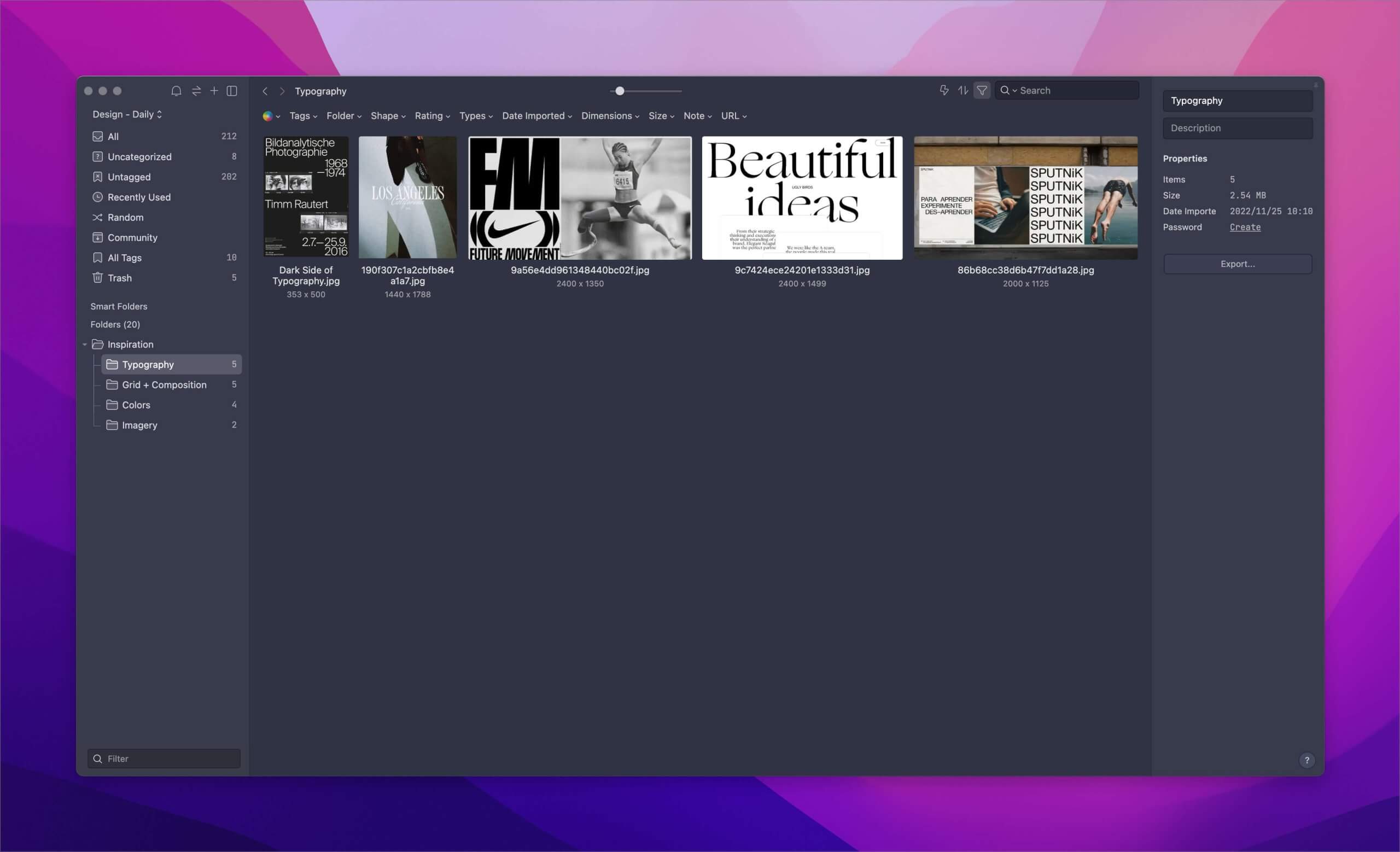
Categorising your design inspiration
Categorising your design inspiration gives me an overview of the inspirational sources that have helped shape my designs. This chronological structure is helpful for going back to these sources in the future. It also will make you aware of other design materials which hadn’t come across your radar before. You can also keep up with current trends by following designers or design blogs on social media, where you’ll see everything from architectural renderings to furniture and accessories. The more you practice, the better your designs will be.
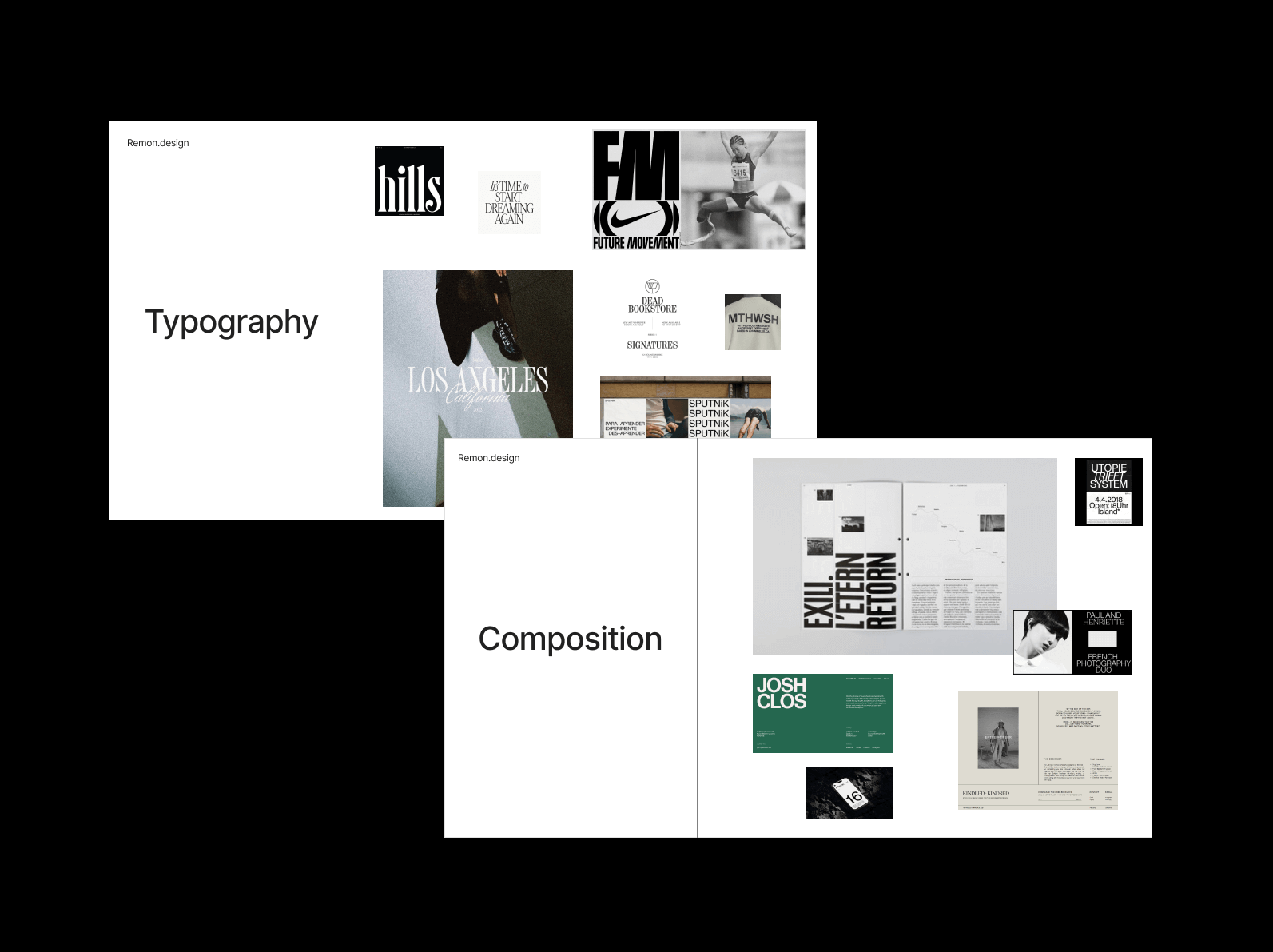
Create something in the same spirit.
You may find some elements of their style appealing and incorporate them into your own designs—but don’t copy someone else’s style; create something in the same spirit, but make it uniquely yours! Study the principles of design and use them in your own work. Study the principles that govern excellent design and apply them when creating your own designs. The more you practice using these principles, the easier it will be for you to create something that looks great without having someone else tell you what to do!
If you are a designer, then you must know that inspiration is the most important thing in your design. They can get inspiration from anything like colour, any design, etc. Designers themselves design with their own ideas. But sometimes, when they get inspiration from other designers then, their skill to create the same spirit of design also improves. If you are a designer or want to be one, you must know that talent is very important. But inspiration also plays a vital role in good and better designs. Use your own ideas rather than following someone else’s model or instruction manual for making design decisions. If you want to learn how to drive a car, don’t get in someone else’s and try to figure out what they did; sit behind the wheel yourself and see what happens when you turn the wheel this way or that way.
Don’t worry if they’re not perfect or if they don’t look exactly like what you see in your head; that’s normal! Start with simple shapes and then gradually add details until you get something that looks right to you. If something hits all the right design goals but doesn’t quite come together visually due to poor composition (elements placed inside each other), try tweaking those components until they mesh seamlessly with one another while still remaining true enough to the original design’s intent so as not lose sight of its purpose/message/etcetera…
With practice, you'll develop your own style and be able to create designs that are uniquely yours.
There is no magic formula.
Developing a good style is a process, not an outcome. If you’re looking for a magical formula that will give you a refined and discerning eye for design overnight, I hate to break it to you: there isn’t one. However, if you want to develop into someone who can recognise good design when they see it (and even better still — understand why it works).
Here is my effective process
Every day of the week, I started by looking for inspiration (+/- 30 mins). This was a simple process where I observed the world around me and noted the things that caught my eye. These could include anything from an interesting pattern to an unusual colour combination. Once you’ve identified these items, think about how they would translate into your designs. Would they make their way into an existing design or influence a new one? When you do it every day for months — your taste, eye, and appreciation for an excellent visual design start to develop. There are some things you can do to get better is design:
- Read up on graphic design theory; read widely in the field.
- Every day of the week, I grab some coffee, and I start by looking for inspiration (+/- 30 mins)
- Look at lots of different kinds of design (print ads, websites and apps) and start thinking about how they work.
- When something catches your eye or makes you smile/laugh/cry—ask yourself why
- Ask questions: What’s good about it? What makes it work well and why? How does this compare to other examples of design you’ve seen?
And finally: keep trying! It’s easy when we’re learning something new (like learning prototyping animations!) to get frustrated with ourselves because we aren’t perfect right away. If this happens while working on an assignment in class or taking an online course, stop yourself from making negative self-judgments! Instead, use those moments as opportunities to try again until you get it right or figure out what went wrong so that the next time around, it’ll go smoother than ever before. Designers have to be able to see things in their heads and then make them real on paper (or Figma, or whatever). It’s hard work, but it’s fun, too! And I’m going to keep learning new things and drawing better every day.
So, I hope you’ve enjoyed this little tour through the world of design taste.
If you want to learn more about design, don’t be afraid to ask questions—I love talking about it! You can also check out some other articles on my blog if you want to learn more about how to become a better designer yourself.
My best UI/UX Design resources
This is a Notion library, in it you'll find a collection of the Design Basics with the best resources, articles, videos and books. That I have collected over the past 11+ years.
I respect your privacy. You are subscribed to my monthly newsletter. Unsubscribe at any time.
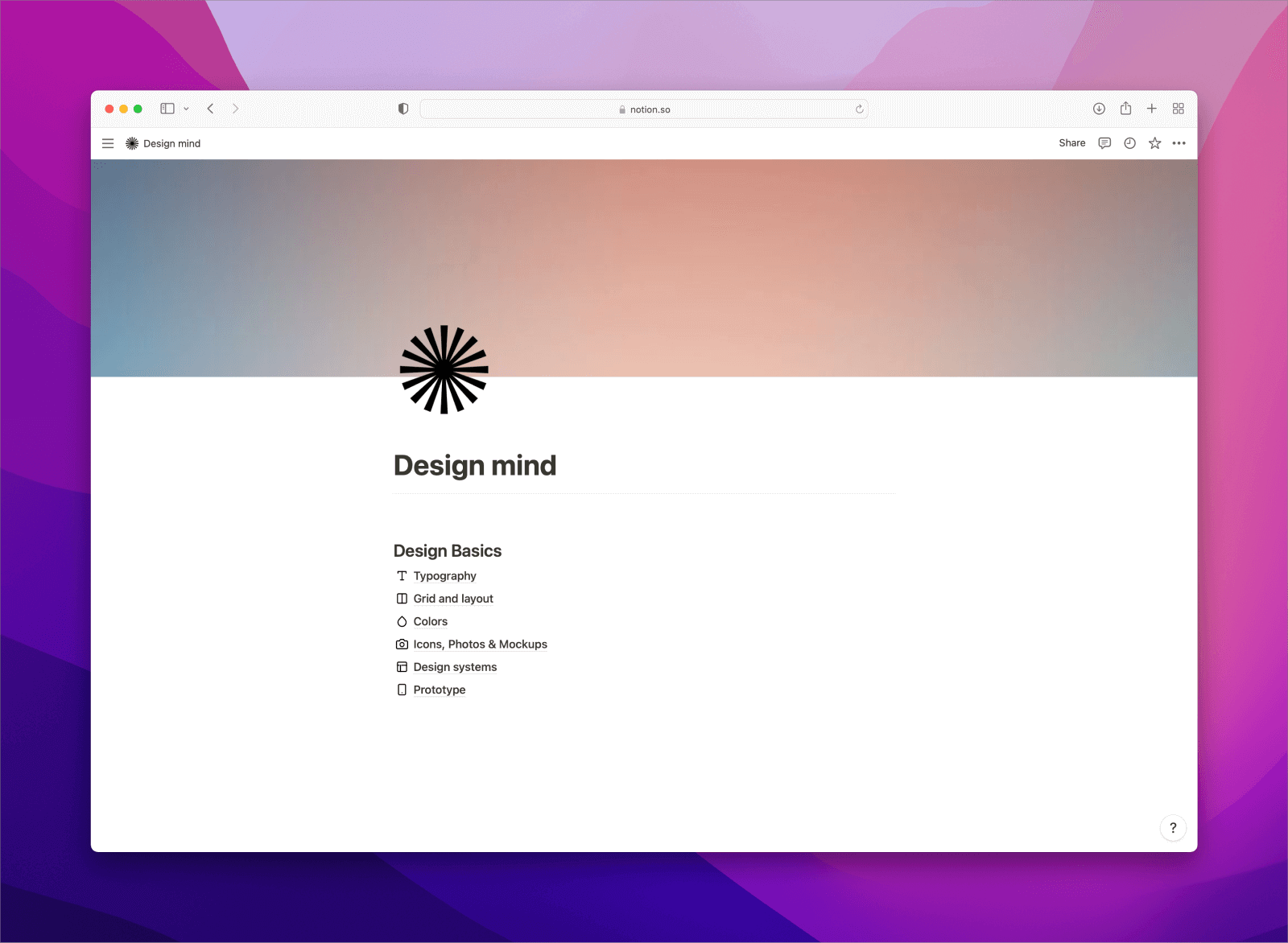

Comments
Literally found your website somehow through youtube/twitter, can’t exactly remember. But your articles were the exact types of articles I absolutely needed. Am self-learning & wanting to go deeper into becoming much more technical of a designer to a point beyond amateaur towards something “hirable” by a decent company w good product design.
Your articles on design thinking + notion of design resources + every article so far has been immensely valuable. I followed you on twitter then realized you don’t have open DMs. Nonetheless, thank you for all these articles!
By far some of the most helpful I’ve come across!
Thank you so much for your kind words about my blog articles! It’s great to hear that they are valuable to you. I hope they continue to help you as a designer and make your work easier and more enjoyable. Let me know if there’s anything else I can do to support you.”